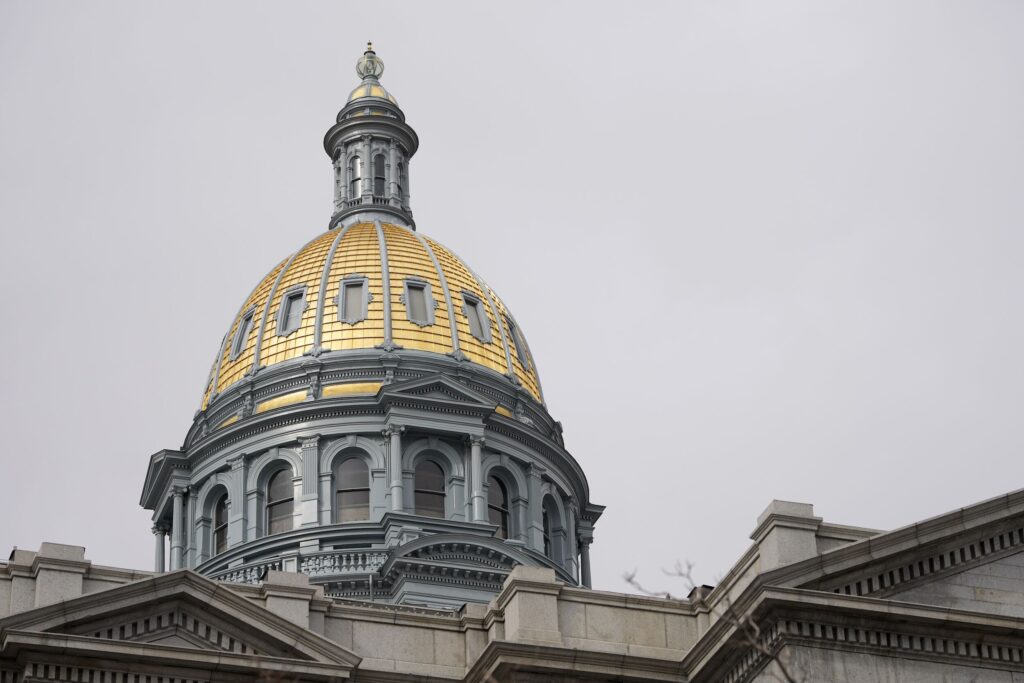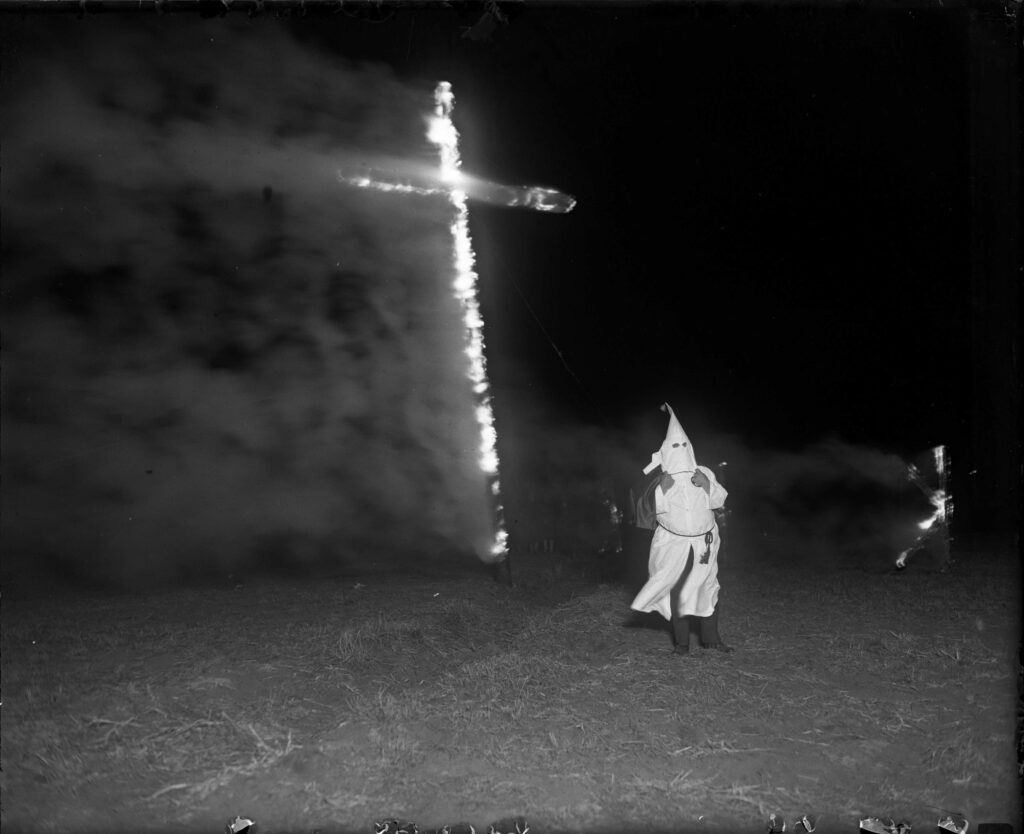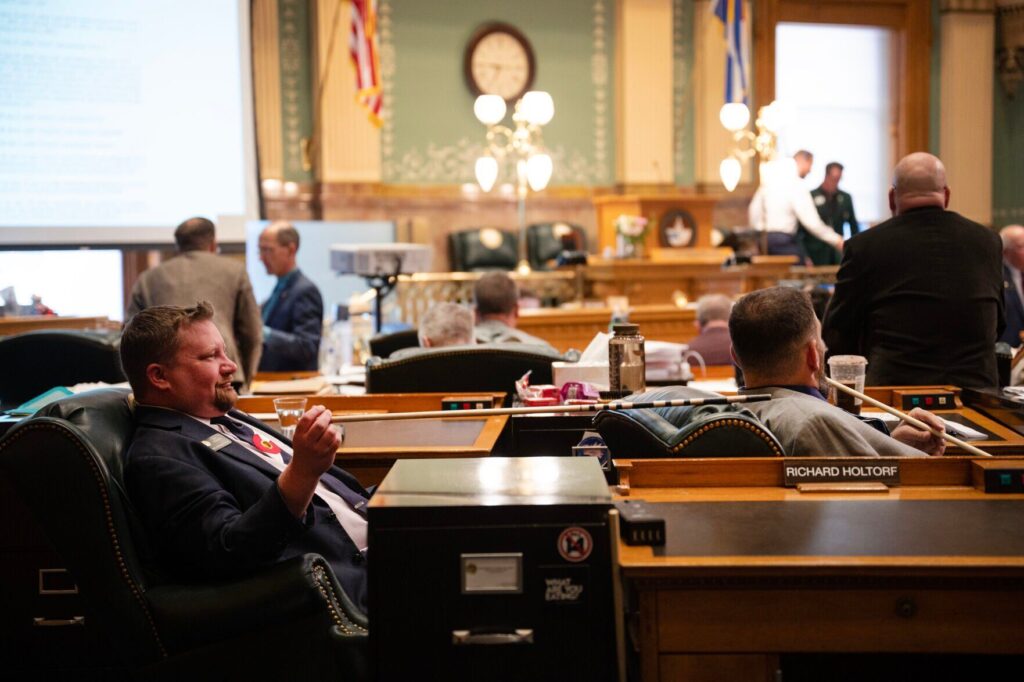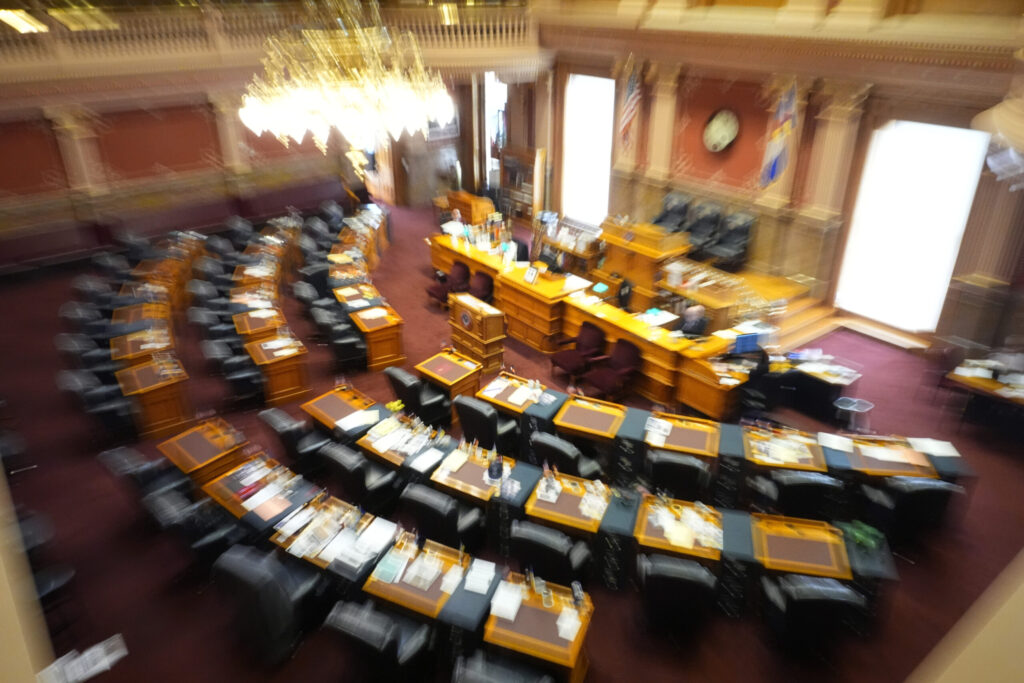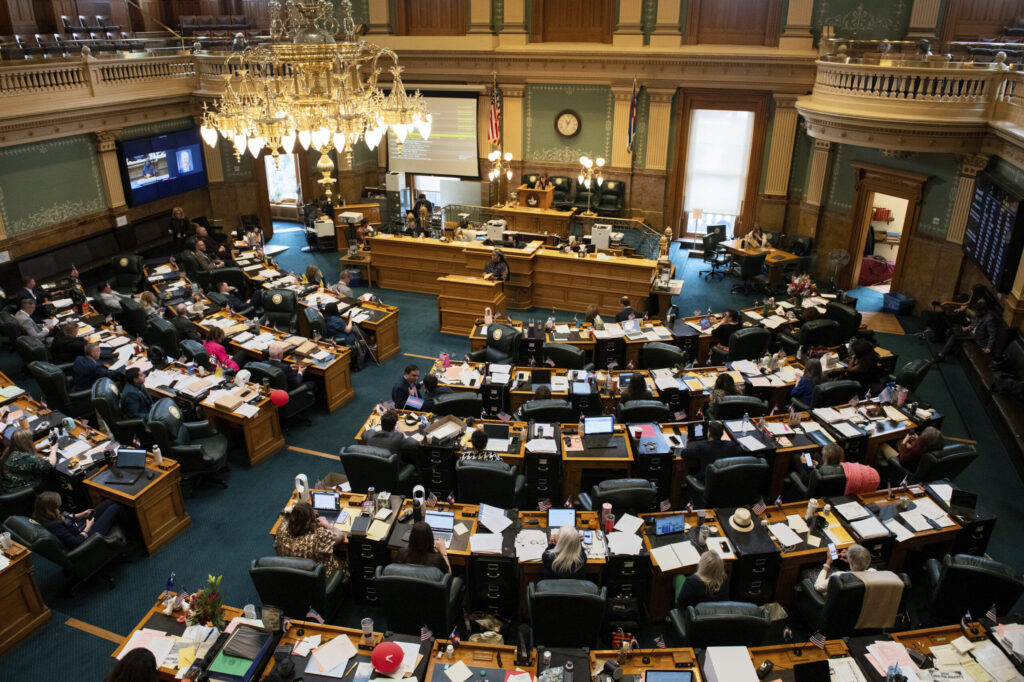Converting Colorado coal plants to nuclear? Fed report shows benefits

Hundreds of decommissioned or soon-to-be-shut-down coal-fired power plants – including at least five in Colorado – can be saved by converting them to nuclear power with small modular nuclear reactors.
That’s according to a report from the U.S Department of Energy, which also notes installing small modular nuclear reactors in place of the coal-fired boilers could save millions of dollars’ worth of infrastructure costs and cut power bills for consumers.
Greenhouse Gas Reduction Roadmap report touts program’s accomplishments
The DOE examined 394 operating and decommissioned coal plant sites nationwide to identify suitable locations where the coal boilers could potentially be replaced with nuclear reactors.
“A full 80% of the 370 operational and retired sites evaluated are amenable to AR (Advanced Reactor) siting,” according to the report.
The DOE declined to specifically identify the five locations in Colorado.
Sponsored by the Department of Energy’s Office of Nuclear Energy, the study was conducted by the Argonne, Idaho, and Oak Ridge National Laboratories and released last September.
The report studied these primary questions: Are coal plants suitable for conversion where they are located; why the sites are appropriate for transition; what might drive economic investment in switching to nuclear; and how transitioning would impact local communities.
The researchers looked at existing facilities, environmental impacts and economic conditions and created a representative model of a converted coal plant to analyze the economic, physical, and social justice aspects of converting coal to nuclear.
The report says conversion to run on advance small reactors can save 28%-35% of construction costs compared with building a new nuclear plant, and offer a 9%-28% reduction in the levelized cost of energy.
The U.S. has 92 nuclear power reactors at 53 plants in 28 states that provide 18.5% of the nation’s electricity and nearly 50% of its carbon-free energy.
New regulatory agency over electric grid expansion begins early phase of work
By replacing coal with nuclear, regional economic activity could increase by as much as $275 million and add 650 new, permanent jobs distributed across the plant itself, according to the report. The supply chain supporting the plant, and the community surrounding the plant, including an estimated contribution to local schools could amount to more than $7 million annually.
Repurposing coal plants to use nuclear energy is also much faster than building new nuclear plants. The report says completing the conversion can take five-to-six years.
Green America, a national non-profit membership organization founded in 1982, disagrees and says nuclear power is not the answer to combating climate change.
The group says modular reactors are not ready for construction, their safety systems are not foolproof, and they will need substantial government subsidies.
The group also points to the accidents at Three Mile Island, Chernobyl, and Fukushima as inherent risks of nuclear power and says uranium mining is a concern.
On their website, the group cites an incident at the Church Rock mines north of Gallup, New Mexico in 1979.
The EPA says a breach in the mine’s tailings pond released more than 1,100 tons of radioactive mill waste and 93 millions of gallons of water contaminated with uranium. The spill affected 80 miles of the Puerco River and continues to affect members of the Navajo Nation 40 years later, according to Green America.
Former Colorado Sen. Dennis Hisey offered amendments to House Bill 22-1394 last session that would have required the office to begin studying small modular reactors, but all were defeated. The bill, which is now law, is titled “Fund Just Transition Community And Worker Supports: concerning funding for just transition programs to assist communities with economic transitions.”
A state law exists requiring the Colorado Energy Office “work with communities, utilities, private and public organizations, and individuals to promote cleaner energy sources such as biogas, biomass, and nuclear.”
Xcel Energy says it’s better prepared for upcoming cold snap in Colorado
“All I wanted was a study that said does this work? What do we need to make it happen,” said Hisey in a prior interview. “Green energy’s not going get us there one hundred percent. Everybody agrees with that. Somehow you have to have that on-demand, dispatchable energy and small nuclear reactors absolutely fit that niche nicely.”
The Colorado Energy Office is developing a “technology agnostic” study that will include “all energy options that could play a role” in getting to 100% clean energy, Director of Climate Communications Josh Chetwynd said in a statement Tuesday.
“We let the free market decide – the government isn’t in the business of picking winners and losers.”
To date there is no mention of nuclear energy in Gov. Jared Polis’ Greenhouse Gas Pollution Reduction Roadmap or on the energy office’s website.



